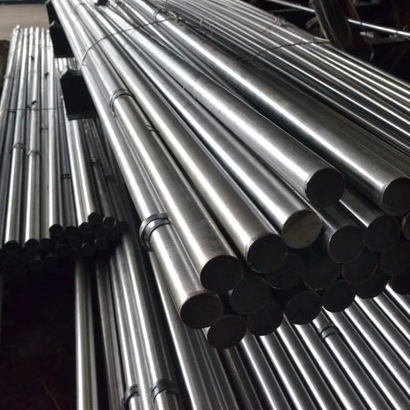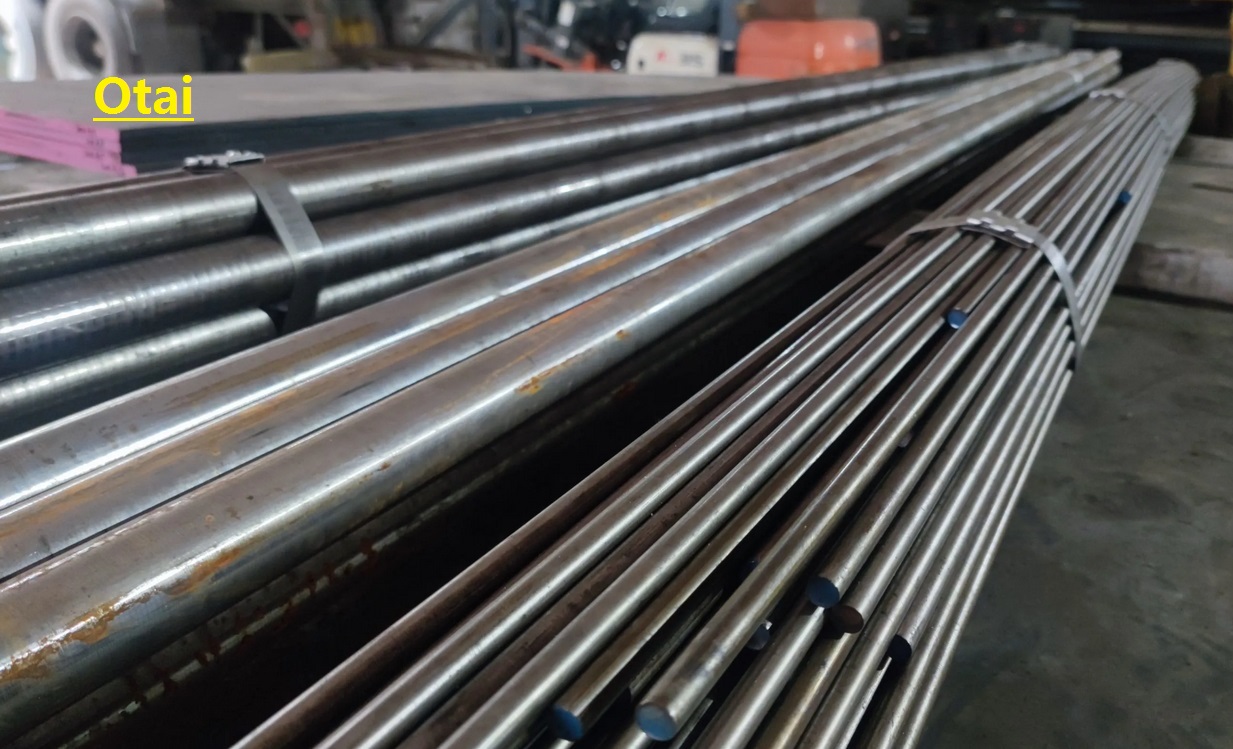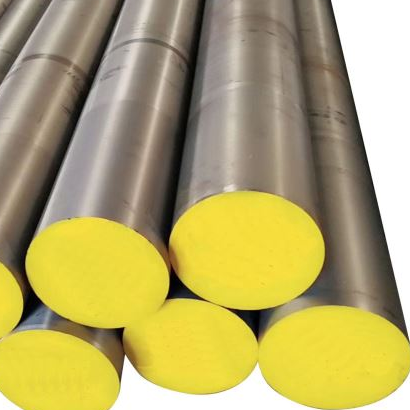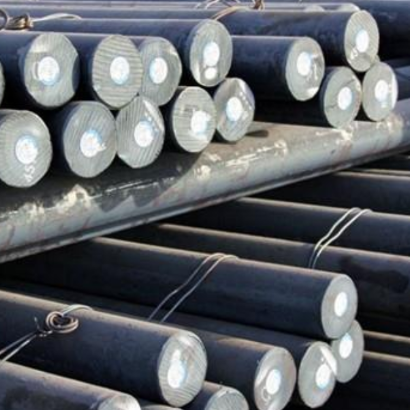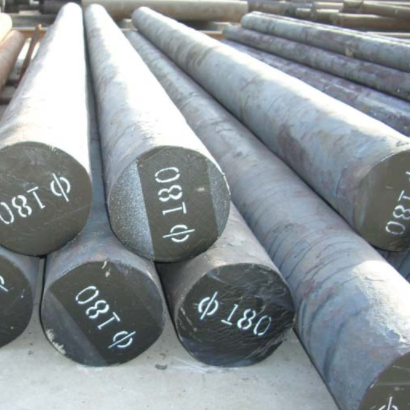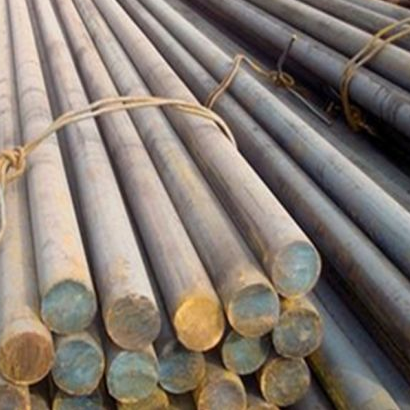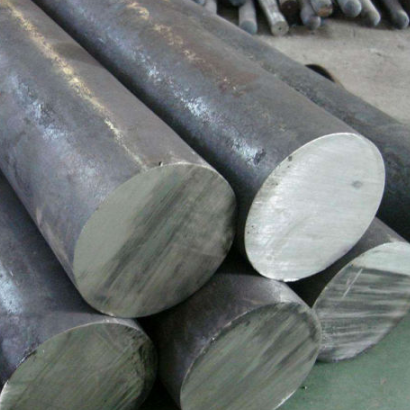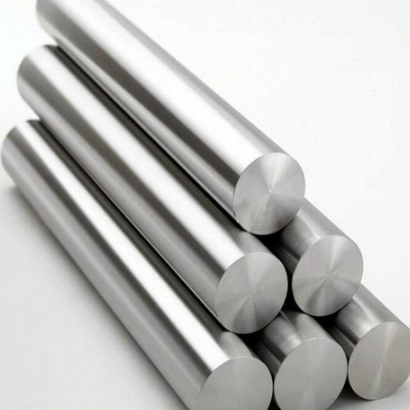A2 steel, a member of the cold work tool steel family, is celebrated for its remarkable strength and versatility. Its properties make it a preferred choice for applications that demand resilience under demanding conditions.
The Chemistry of Strength: Composition and Alloying Elements
Chromium Content: A Boost to Corrosion Resistance
Chromium, a key component of A2 steel, not only enhances its strength but also provides resistance to corrosion. This attribute extends the lifespan of tools and components made from A2 steel.
Vanadium’s Role: Enhancing Wear Resistance
The addition of vanadium to A2 steel elevates its wear resistance. This feature is crucial in scenarios where tools are subjected to constant friction and abrasion.
Mechanical Properties: Beyond the Surface
Hardness and Toughness: A Delicate Balance
A2 steel’s mechanical properties strike a delicate balance between hardness and toughness. This balance ensures that tools made from A2 steel can maintain their cutting edge even in challenging applications.
High Impact Resistance: A Testament to Strength
A2 steel’s high impact resistance makes it an excellent choice for tasks involving heavy loads and sudden shocks. This property prevents tools from fracturing under stress.
Applications Across Industries
Precision Tools: Crafting Excellence with A2 Steel
Precision tools demand materials that can retain their sharpness and integrity over prolonged use. A2 steel’s combination of strength and wear resistance makes it an ideal choice for crafting precision tools.
Cold Work Applications: A2 Steel’s Adaptability
A2 steel’s adaptability to cold work applications is a testament to its versatility. It can be shaped and formed under cold conditions without compromising its strength.
Heat Treatment: Unleashing A2 Steel’s Potential
Annealing: Refining Microstructure for Machinability
Annealing, a heat treatment process, refines A2 steel’s microstructure, enhancing its machinability. This makes it easier to shape and work with during the manufacturing process.
Quenching and Tempering: Achieving Optimal Hardness
Quenching and tempering are essential steps in A2 steel’s heat treatment process. These processes fine-tune the material’s hardness, ensuring it meets the demands of its intended applications.
Challenges and Considerations
Machinability and Weldability: Navigating Processing Challenges
While A2 steel boasts exceptional properties, its high carbon content can pose challenges in terms of machinability and weldability. Careful processing techniques are necessary to overcome these obstacles.
Surface Corrosion: Strategies for Preservation
While A2 steel exhibits resistance to corrosion, its surface is not immune to environmental factors. Implementing protective coatings and proper maintenance is vital to preserve its longevity.
Innovations in A2 Steel
Alloy Refinements: Pushing the Boundaries of Performance
Ongoing research in metallurgy aims to refine A2 steel’s alloy composition, unlocking new levels of performance and adaptability to evolving industrial demands.
Advanced Processing Techniques: Shaping the Future of A2 Steel
Innovations in processing techniques, such as advanced heat treatment methods, promise to enhance A2 steel’s properties, opening doors to new applications.
The science behind A2 steel’s strength is a tale of meticulous alloy design, heat treatment precision, and performance under pressure. Its unique blend of mechanical properties has solidified its role as an indispensable material in industries where reliability and precision are paramount. As technology continues to advance, A2 steel’s journey evolves, offering a testament to the incredible synergy of science and engineering.
